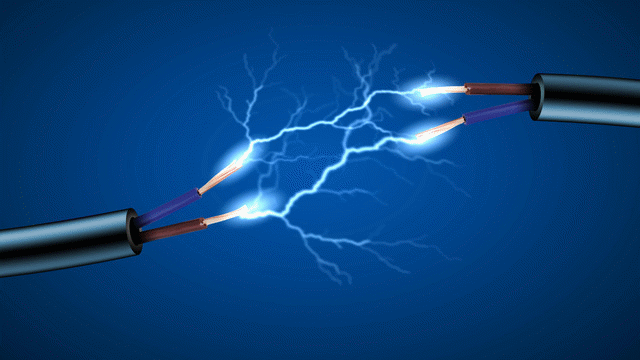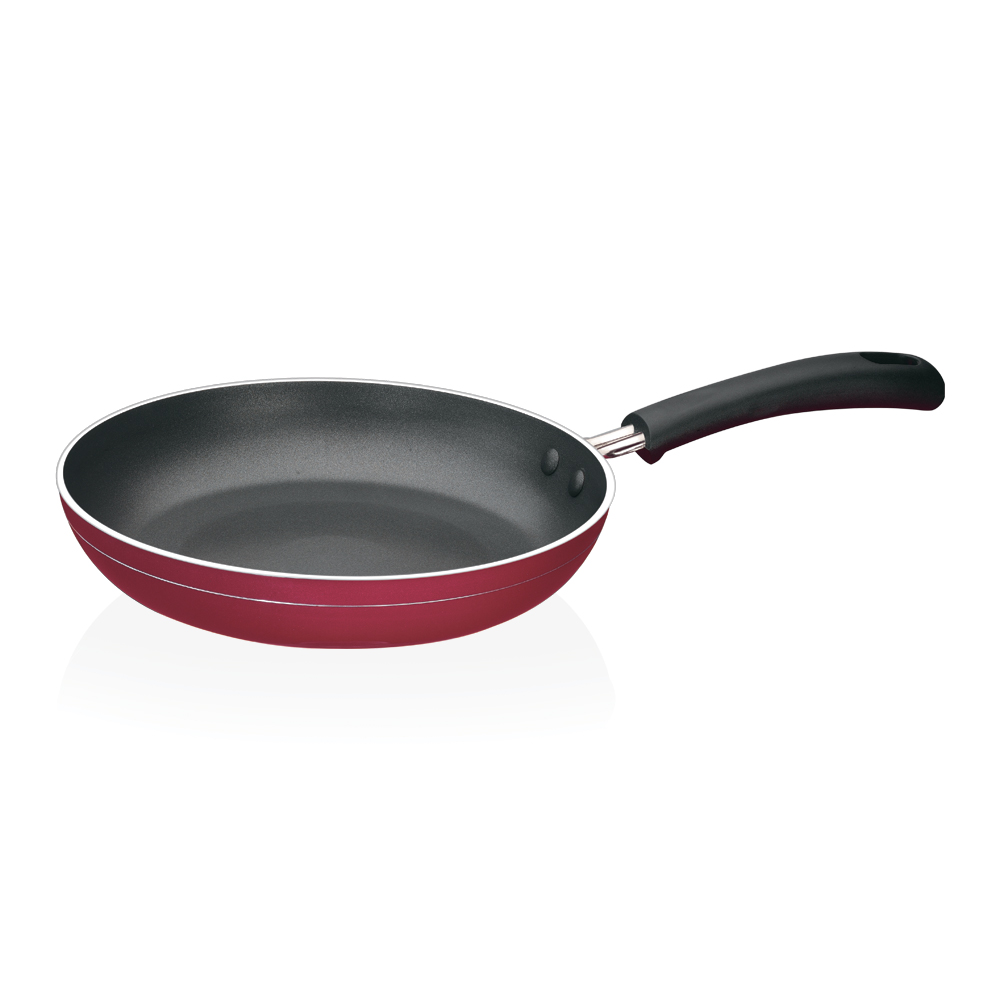Balloon A has a positive charge. Balloon B has a negative charge. What will happen?
They will attract each other.
???? = a buildup of electric charge on an object
static electricity

What's the difference between a series circuit and a parallel circuit?
A series circuit has only one path for the electric charge to follow. A parallel circuit has more than one path for electric charge to follow.
What is a conductor?
A conductor is a material that electricity can move through easily.
What is heat?
Heat is the energy that moves between objects of different temperatures.
Both of these balloons have a negative charge. What will happen?
They will repel each other.
???? - a steady flow of electric charges
electric current

What is the difference between an open circuit and a closed circuit?
An open circuit doesn't make a complete loop and won't allow an electric charge to flow.
A closed circuit makes a complete loop and allows an electric charge to flow.
What is an insulator?
An insulator is a material that electricity can't move through easily.
Heat can be transferred by conduction, convection and radiation.
What is the electric charge of this atom?

Its electric charge is -3.
???? - a material that electric charges can't move through easily

What will happen if one of the bulbs in this circuit goes out?
The second bulb will stop shining.
Which of these materials are conductors?

Silver, copper, gold, steel, and sea water are conductors?
Does this example mainly show heat energy transfer by conduction, convection, or radiation?
It mainly shows heat transfer by convection.
What is the electric charge of this atom?
It has a neutral charge. +0
???? - a material that electric charges can move through easily
What will happen if one of the light bulbs in this circuit goes out?

The other light bulbs will continue to shine.
Which of these materials are insulators?

Glass, dry wood, rubber, and diamond are insulators.
Does this example mainly show heat energy transfer by conduction, convection, or radiation?

It mainly shows heat transfer by conduction.
What would the electric charge of this atom be if it gained 5 electrons?
Its electric charge would be -5.
???? - a path on which electric charges can flow

What would happen if we flip the bottom switch of the red circuit?

Two light bulbs would light up.
James built a circuit and completed it with a rubber duck. Is this an open circuit or a closed circuit? Why?

It's an open circuit because rubber is an insulator, so the electric charge can't flow.
Does this example mainly show heat energy transfer by conduction, convection, or radiation?

It mainly shows heat energy transfer by radiation.
What would the electric charge of this atom be if it lost 7 electrons?

Its electric charge would be +4.
What is this? Be specific.

It's a series circuit.
What would happen if we flip the bottom switch of the green circuit?

Nothing would happen because there's no battery.
James built a circuit and completed it with a metal key. Is this an open circuit or a closed circuit? Why?

It's a closed circuit. The key is a conductor, so it allows the electric charge to flow.
Why do some windows have two panes of glass? Use conductor or insulator in your answer.

Having two panes of glass leaves a space of gas in between them, and gas is a good insulator of heat.
Kristi rubs the balloon on her cat's fur. Describe what is happening in the picture. Use the words electrons, negative charge, positive charge, and attract in your answer.
When Kristi rubs the baloon on the cats fur, electrons move from the fur to the balloon. The balloon then has a negative charge, and the cat has a positive charge. Because the cat and the balloon have an opposite charge, that cat's fur and the balloon attract.
What is this? Be specific.
It's a parallel circuit.
What would happen if we flip the bottom switch of the blue circuit?

Four bulbs would light.
Why is this pan made of metal? Why does it have a plastic handle? Use the words conductor and insulator in your answer.

The pan is made of metal because metal is a good conductor and they want the pan to conduct heat. The handle is covered with plastic because plastic is a good insulator and they don't want people to get burned.
What would happen if we flip the bottom switch of the purple circuit?

Nothing would happen because the bulbs should already be lit.